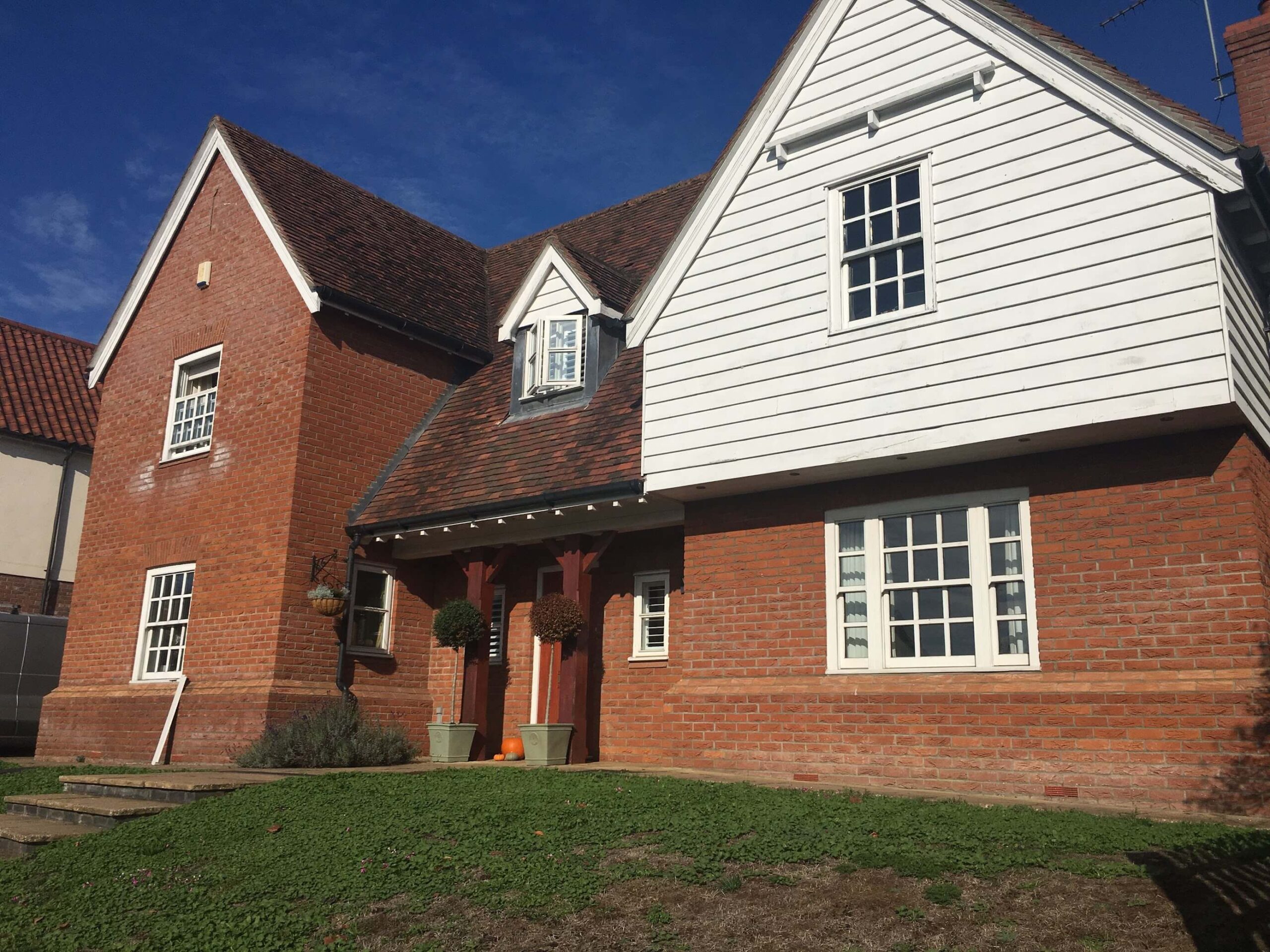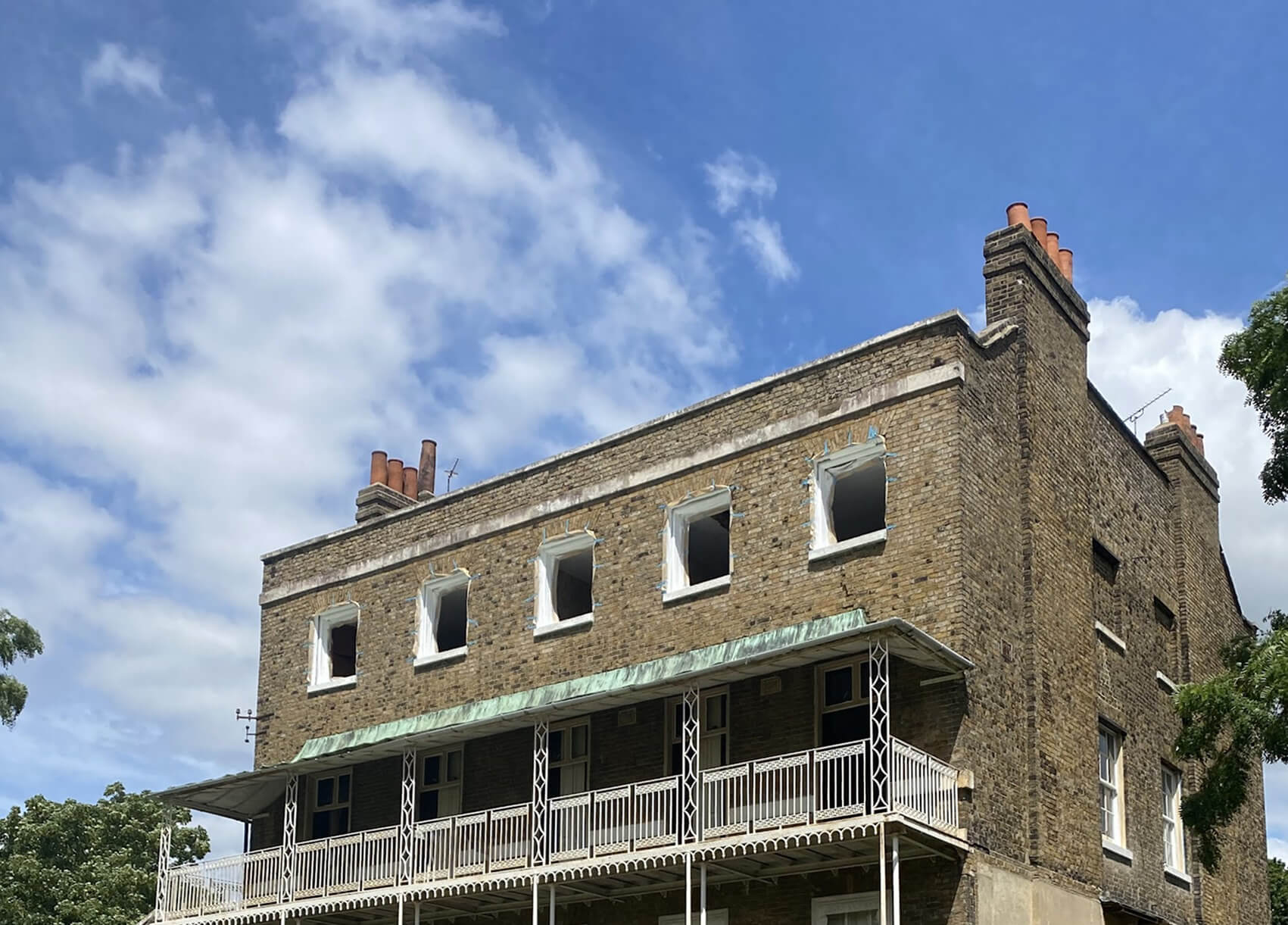Sash windows are a well-loved feature of many historical periods and residential properties across the UK. An iconic design that speaks to both elegance and utility, the sash window is firmly part of the cultural landscape. Initially most widely adopted in British and Dutch architecture, they can now be seen throughout western Europe and in colonial buildings across the world.
13th Century Europe: new window type was invented
With a rich history dating back over 350 years, the exact origins of the sash window remain unclear. The same can be said for the designer who initially created the unique concept. What is known is that the pulley system, and general idea, likely developed from much earlier medieval sliding wooden shutter systems which would have covered openings in houses (primitive windows).
French and Dutch role
With competing claims to both a French and Dutch role in the initial design of the pulley and weight system, the first historically-documented examples begin to emerge in the late 1600’s, with Ham House being a prime example.
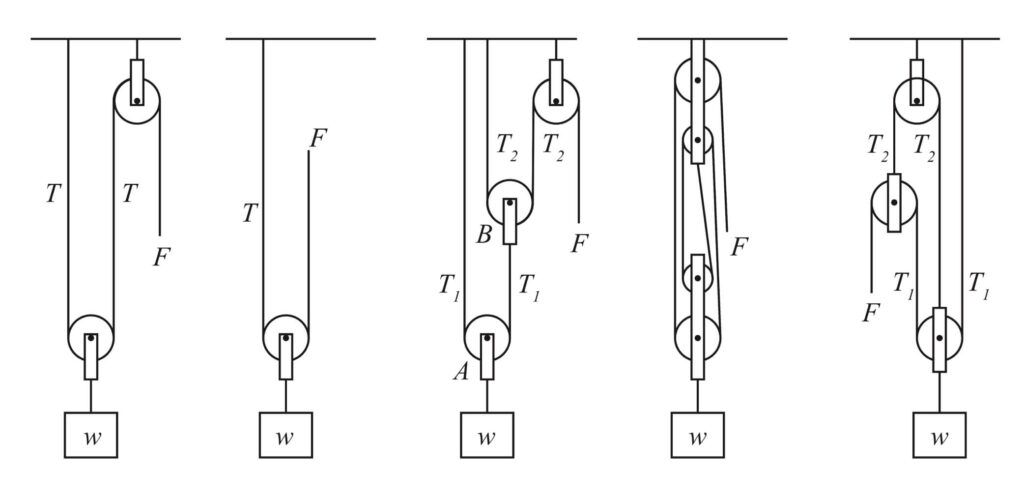
Featuring a stouter design, with thicker wooden frames than would be seen through the late Georgian period, they nevertheless remain one of the best early examples of these windows.
Throughout the next 100 years, the sash window saw extreme proliferation throughout the UK and Europe, gracing many classic designs including the symbolic power structures of Hampton Court Palace as well as numerous French buildings of state.
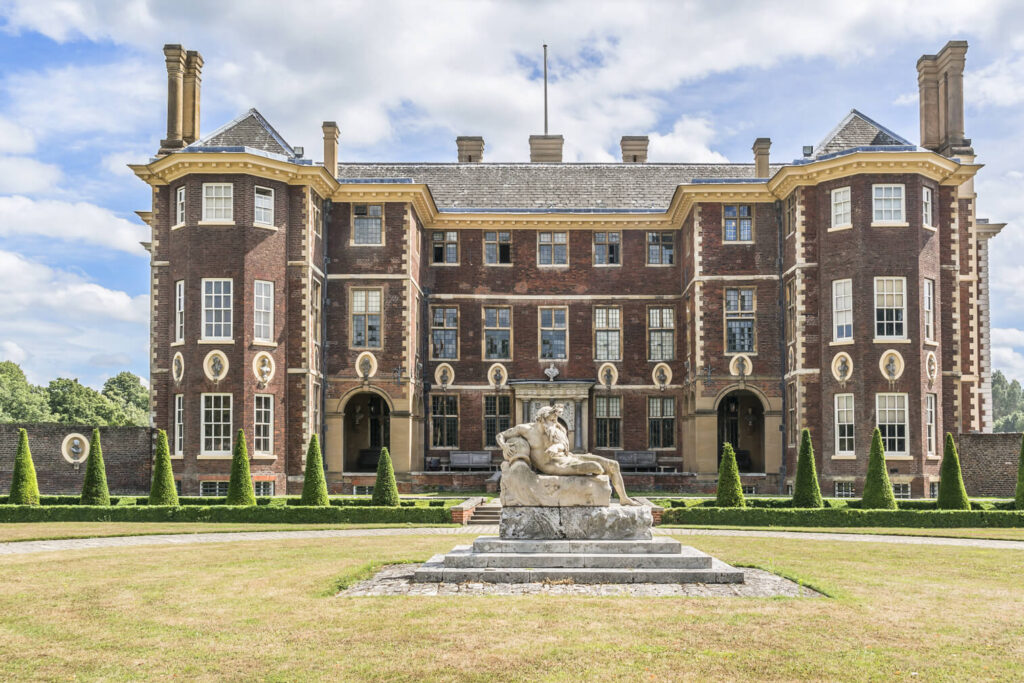
‘Sash’
The word ‘sash’ itself refers to the moving panels which, together, make the frame holding the glass panes. Very early sash examples slid horizontally, these would later be replaced by vertical sliding panels which became the norm with the addition, likely in France, of the double sliding sash.
The essential nature of the system is one relying on pulleys and counterweights to raise and hold one (or both in the case of double sashes) windows open.
Georgian period: 1714 – 1830
Higher ratio of wood to glass
In terms of style development, the early Georgian period saw a higher ratio of wood to glass with smaller panes and overall unit sizes. This was primarily due to limitations in the glass manufacturing processes of the period, whereby it was difficult and costly to create larger panes.

Victorian period: 1837 – 1901
However, moving into the late Georgian and early Victorian period, glass manufacture had advanced considerably, allowing for larger panes and smaller wooden glazing bars.
This was developed even further into the Edwardian period with the introduction of floor to ceiling sashes- a statement symbol that would have been unachievable in the early Georgian period

With reference to the style of windows preceding it, the significance of the sash cannot be overstated. Previously, through the medieval and into the early Stuart period, dark and dingy internal spaces were the norm, even in households of the wealthy.
This was due to both a combination of technological and stylistic limitations. The windows from this period are now referred to as Victorian sash windows.
Lighter rooms
However, with the advent of sash windows, massive amounts of natural light could now be let into rooms and key spaces- often those designed to impress, for example, reception rooms and grand entrance halls. This brought about a huge change in the nature of internal spaces, the tasks which could be completed in them (as previously candlelight was often needed even in daytime tasks) and also in the architectural imagination of the period.
As alluded to above, from the outset sash windows were very much associated with wealth and status. In terms of their cultural significance, they represented power and aspiration. For a significant portion of time, they almost exclusively adorned properties of those wielding power, for example, palaces and other royal buildings.
17th & 18th centuries
As wealth spread through the 17th and into the 18th centuries though and a new professional class with capital began emerging, sashes too filtered down the social ladder somewhat, being incorporated into a wide range of late Georgian residential homes.
So no longer a feature exclusively for royals, they were now being enjoyed by the upper-middle and other professional classes. This trend only continued through the Victorian and Edwardian eras, with sashes now nearly ubiquitous across many UK residential streets from this time period.

The story of Sash Window today
Due in large part to the rich history described above, and also as a result of their aesthetic value, many homeowners, and authorities whose premises contain sash windows, do all they can to maintain these units in their historic form. This requires careful and specialised restoration work, with some of the most commonly addressed problems including rotting and warping of the wooden frames, deterioration of the pulley system and damaged glass panes.
As time progresses, and age takes its toll, others are also choosing to replace old single pane glass with ultra-thin double glazing units. Modern innovations with Astragal bars applied to the surface of the glass to mimic the appearance of traditional Georgian multi-pane designs allow homeowners to retain historical authenticity while benefiting from the energy efficiency of modern glazing systems.
Amongst other advantages, this brings benefits in the areas of energy conservation and security. A variety of the high-quality services offered by Six over Six Windows in these areas can be found on the functional and structural restoration pages.
Provided they are well maintained and the pulley system is in order, sash windows are safe. If the pulley system is left to degrade, in certain instances it is possible for the window to not lock properly in the open position and slide closed. This can obviously present a hazard, which is why it’s important these historic features are well-cared for.
As we go on safeguarding sash windows and their cultural legacy, high-quality restoration work will remain crucial. For sash window restoration needs, Six over Six windows are excellently placed to provide a high-quality service with their expert knowledge and experience in the field working on projects from residential properties to large scale heritage sights.
References:
‘The Origin of the Sash-Window’, H. J. Louw, Architectural History 26:49, p.50
https://en.wikipedia.org/wiki/Ham_House
‘A Constructional History of the Sash-Window, c. 1670-c. 1725’, H. J. Louw, Architectural History 42:173, p.173
‘A Constructional History of the Sash-Window, c. 1670-c. 1725’, H. J. Louw, Architectural History 42:173, p.176

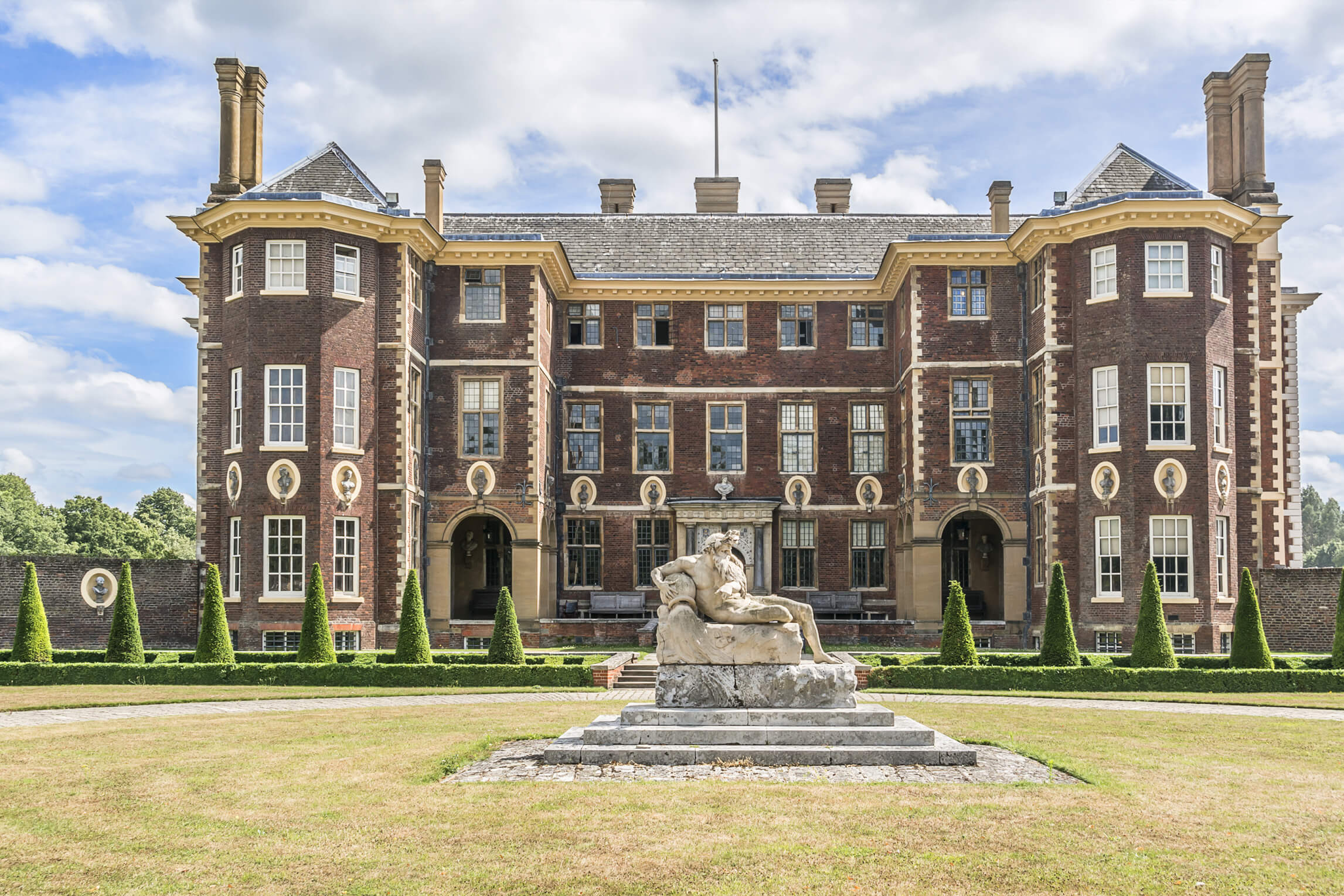
 Adam Brick
Adam Brick